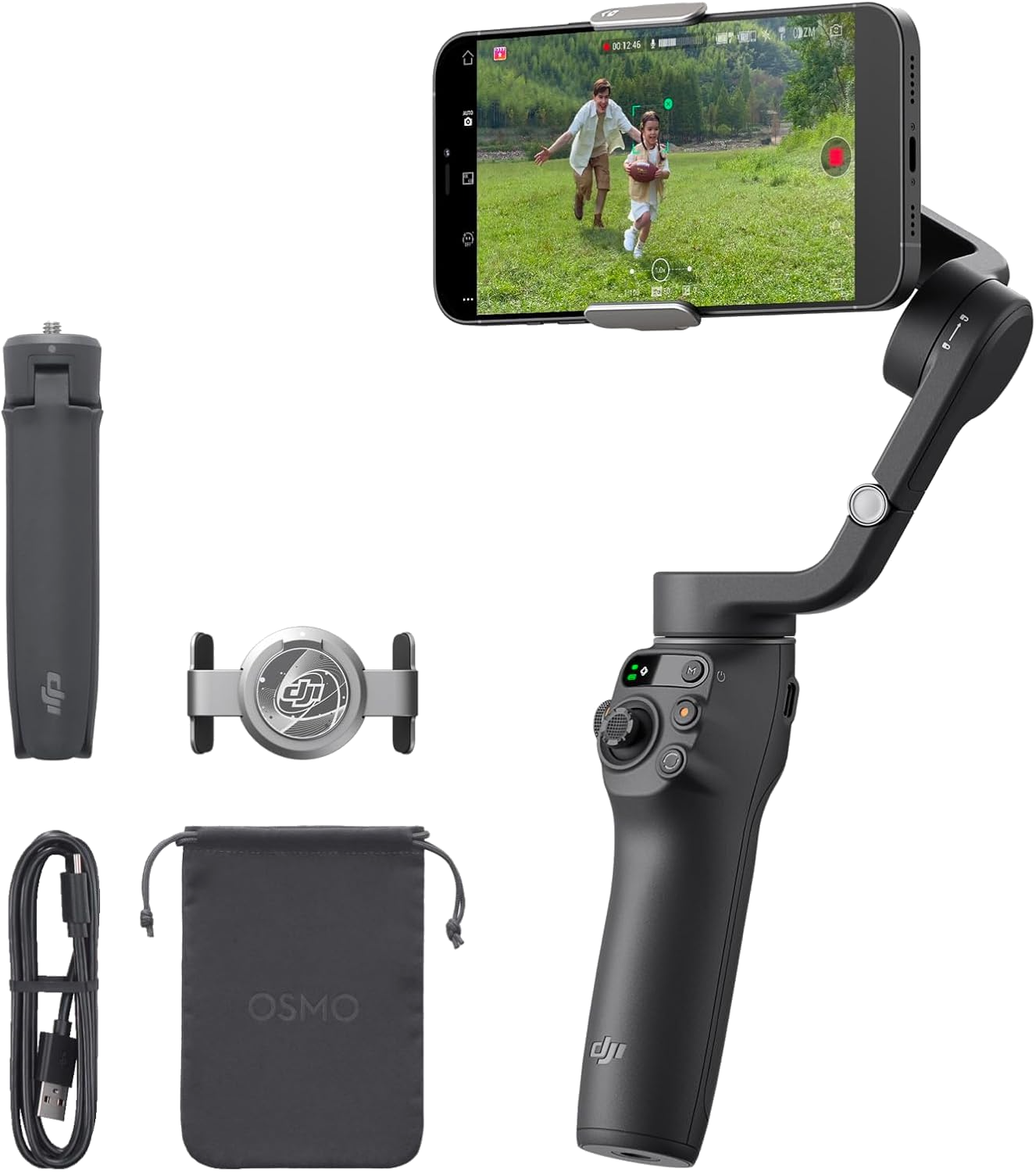iPhone Camera Lenses Explained: What Do Wide, Ultra-Wide, and Telephoto Lenses Do?
Photography
Key Takeaways
- The main camera is the go-to, and offers versatility.
- An ultra-wide lens is great for group or scenic shots.
- The Telephoto lens makes subjects appear larger.
So you’ve bought a new iPhone and there are two or three different cameras on the back. Which one of these should you choose in your camera app? More importantly, what to they all do?
Why Multiple Lenses?
You may be wondering why your iPhone can’t just have a single camera that does everything. If you think of a traditional camera, there’s plenty of room to adjust the focal length by using a lens that can zoom in and out. Alternatively, with DSLRs and mirrorless cameras, you may have several different lenses with different fixed focal lengths. If you need a different lens, you just swap it out.
A smartphone has almost no space for optics, and it certainly isn’t practical to have swappable lenses. Instead, most modern smartphones have multiple cameras, each tuned to a focal length and field of view. In the iPhone 15 Pro and later, the main camera can now change to several virtual focal lengths by cropping in on the main camera sensor, but in most iPhones and smartphones in general, different focal lengths are achieved by switching between different cameras.
You’ll see the camera specs for your iPhone listed with a focal-length equivalent. Such as “17mm equivalent” which tells you what the photos will look like compared to a traditional camera. Obviously the phone is too small to actually have such large focal lengths, but thanks to some clever math and sensor cropping, the final result is very comparable.
In order to demonstrate the difference between the lenses, I put my iPhone 14 Pro on a tripod, and snapped three photos of one scene, without changing the position of the camera. The only difference between each photo is the selected camera, and I have not edited or changed the photos in any way.
The Wide Lens Is the Workhorse
Often referred to as the “main” camera, the wide camera is the default option when you open your camera app, and is the most versatile for everyday shooting. In the iPhone 15 Pro, for example, this is a 24mm equivalent lens., though as I mentioned above the latest iPhones can simulate a few focal lengths digitally on their main cameras.
Ultra-Wide Lenses Expand the Frame (at a Price)
The ultra-wide lens on an iPhone usually has an equivalent focal length of about 13mm, and offers a very wide field of view. This is perfect for when you need to capture a large group of people, or expansive scenery. Unfortunately, wide angle lenses also introduce quite a bit of “barrel” distortion, where straight lines tend to look like they are all curved around the center of the photo.
The good news is that, by default, modern iPhones have a “Lens Correction” feature turned on, found under Settings>Camera. This applies to both the wide and ultra-wide lenses, and straightens the distortion out. You can try turning it off to see how much of a difference it really makes.
Interestingly, the ultrawide lens is also used for macro photography. At least for iPhone models starting with the 13 Pro and later.
Telephoto Lenses Get Personal at a Distance
The telephoto lens, on iPhones that have one, is designed to make the subject appear larger in the frame. So it’s essentially like taking photos through a pair of binoculars or a telescope. The equivalent focal length of this camera varies depending on the model of iPhone. It ranges from 52mm equivalent all the way to 120mm.
If you have an iPhone 14 Pro or later, you’ll notice there’s a 2x telephoto option in your camera app as well, but this is achieved by cropping into the central 12MP of the 48MP sensor. Technically, this loses no quality compared to a true 2x 12MP camera, but this is debatable and depends on your opinion after looking at the resulting photos.
You Can Switch Lenses in Videos!
That covers the basics of what each of the three cameras on a modern iPhone Pro does (or two of them on a regular iPhones), but I also want to point out that you can switch cameras while taking a video. You can either tap on the preset options (e.g. 0.6x, 1x, 3x) or smoothly zoom using a pinch-and-zoom gesture on the camera app’s viewfinder.
The app will smoothly switch between digital and optical zoom. though you will notice little “jumps” as the app changes between cameras at different points. My DJI Osmo 6 has a littlen thumbwheel that makes focus-pulling a cinch while shooting videos.

DJI Osmo Mobile 6
If you have an iPhone, the DJI Osmo Mobile 6 will be a great gimbal choice. It’s also compatible with Samsung and Pixel devices.
Apple’s iPhones offer some of the best camera technology on the smartphone market, and with the right accessories, you can produce what are effectively professional results. So all those cameras aren’t just for show. Every part of the camera array has its own special job.



















